Last updated on February 28, 2024

Crucias, Titan of the Waves | Illustration by Filipe Pagliuso
Of all the Constructed formats in MTG Arena, two of its exclusives are Historic and Explorer. These formats both have their differences and similarities, and today we’re going to discuss them in great detail.
What format should I play then? The answer isn’t so simple and comes to your decision and available cards in MTG Arena. Both formats have their fun aspects and fan bases, and if possible you should play both.
As we’ll see, some decks even share most of the cards, so it’ll help you play both and get a feel for each format. Arena Tutor helps you big time no matter which direction you go. Without further ado let’s dive into this big MTG Arena Constructed format showoff!
What’s the Difference Between Explorer and Historic?

Oreskos Explorer | Illustration by Winona Nelson
Between the two non-rotating formats available on MTG Arena (MTGA), we have Historic and Explorer. Both are 60-card formats that you can play separately in MTGA, and both have their specific events.
Explorer Format
Explorer is a format composed of all cards that are or were Standard-legal on MTG Arena. That includes cards that are legal in Standard right now, from sets like March of the Machine and Innistrad: Midnight Hunt, but also cards from previous Standard formats, like Ixalan, Guilds of Ravnica, and Theros Beyond Death.
Explorer is also known as Pioneer-Lite, and Pioneer is composed from all MTG Standard legal sets released from Return to Ravnica (October, 2012) onwards. Another way to describe Explorer is that it’s a format where you can play all cards currently on MTGA that would be legal in Pioneer. Cards like Abhorrent Overlord are legal in Pioneer but aren’t legal in Explorer because Arena doesn’t have them in the client yet.
Historic Format
Historic is a different beast entirely, and it’s way easier to describe. Historic is a format where you can play every single card that has been released on Arena, and that comes from three main sources: Standard-legal sets, Alchemy sets and Explorer Anthologies.
Since Historic also considers digital-only cards, it contains all the rebalanced cards of Standard-legal sets. Historic contains Explorer legal cards, plus the digital ones, rebalanced ones, and cards that were released straight from Historic anthologies, like Maelstrom Pulse and Platinum Angel.
Another important source of cards for Historic are things like Strixhaven’s Mystical Archive, or Wilds of Eldraine’s Enchanting Tales. These are powerful cards and reprints that aren’t legal in Explorer but most of them are in Historic. MTGA received cards from powerful sets like Modern Horizons 2 and Lord of the Rings: Tales of Middle-earth, and these contribute to increasing the format’s overall power level and diversity.
Intention of Both Formats
We know for a fact that Explorer mirrors Pioneer, and come 2024 all the Pioneer relevant cards will be on MTGA, so Explorer will merge into Pioneer. However, it’s not clear what is the intent from WotC for the Historic format.
Some people argue that the idea is to have a larger Eternal format in MTGA similar to Modern – also called pseudo Modern by some players. Others will say that it’s the place to play wackier MTG with digital-only cards. Let’s get WotC’s definition of Historic: “It is the place to play with all of your cards on MTG Arena and with a plan to use curated additions of cards to create a unique digital format with its own feel, decks, and metagame”.
Average Percentage of Play From Both Formats
The graph below shows the amount of play each format currently has on MTG Arena. While Standard is by far the most popular format, Historic has its fine share of play in the 25% range. Explorer is a little bit on the lower side, accounting for 5% of games on MTGA.

An interesting argument is that Explorer is the more stale format and it doesn’t match Pioneer tabletop play, while Historic is a more dynamic and unique format to the client. According to this argument, Explorer queues should improve once more cards are released into the format. Historic gets more play because MTG Arena players want to play with newer stuff more frequently.
Deckbuilding Differences
The biggest gap in power level from both formats comes from sets that were released in MTG Arena that weren’t designed to be Standard legal. These sets impacted Modern in a big way, so it’s only natural that these sets will impact a MTG Arena Constructed format likewise. These are sets like Modern Horizons 2, and Lord of the Rings: Tales of Middle-earth.
Historic also has cards that are tier 1-1,5 in Modern like Reprieve, Archmage's Charm, and Snapcaster Mage thrown into MTGA, and those impact the format as well. Finally, cards like Lurrus of the Dream-Den are legal in the format, and we know the format-warping power the card has.
On the other hand, WotC’s been keen on nerfing key strong cards. That’s why cards like Dragon's Rage Channeler and Unholy Heat got rebalanced to be much weaker than their tabletop designs. Similarly, cards like Orcish Bowmasters and The One Ring are similarly weaker since they quickly became the best thing to do in the format. Cards that came from Alchemy sets are also receiving digital balances, with the best example being Crucias, Titan of the Waves.
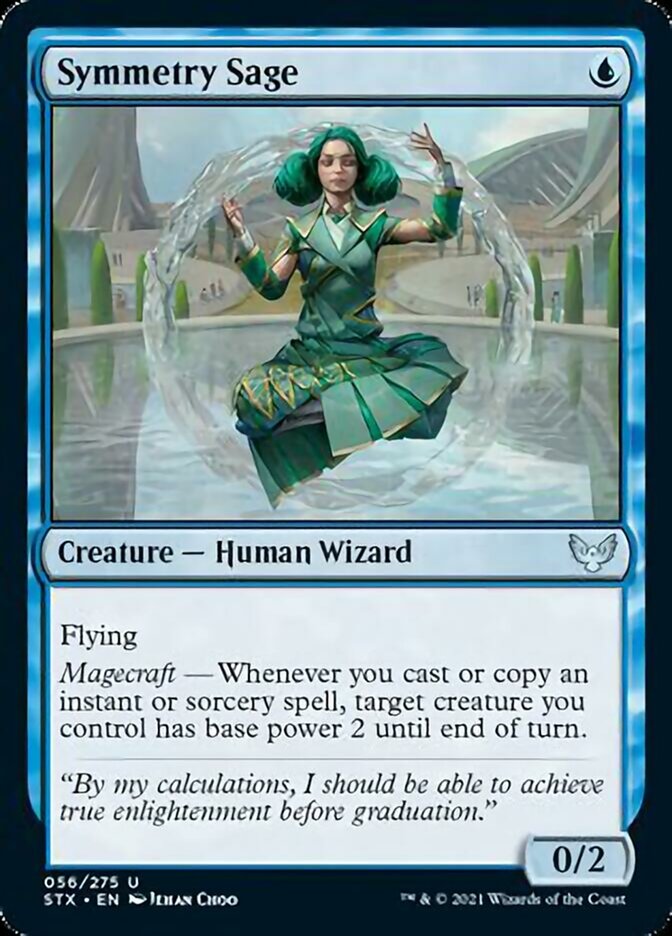
WotC’s attempts to make weaker cards be stronger in Historic usually don’t have a big impact on the format, with the exception of Symmetry Sage, a card that went from a 0/2 to a 0/3, and can make a creature have base power 3 instead of 2 with its magecraft ability. This can’t be done in Explorer except by banning cards, and WotC hasn’t been so keen on doing that, leading to a more stale metagame.
Sideboarding Strategies
Both formats have similar effective sideboard cards. Cards like Unlicensed Hearse are very good at hating sideboards, while you have cards like Rending Volley, Mystical Dispute, and Aether Gust that are adept at hating a specific color. Cards like Duress and Thoughtseize can add interaction against combo or control decks. Other sideboard staples are the companions – technically not sideboard cards but that’s where they sit in a given deck list – mainly Jegantha, the Wellspring in both formats and Lurrus of the Dream-Den in Historic. Jegantha in particular asks so little in the decks it goes in, since you’re already fine playing cards with single colored mana costs anyway.
Gameplay Differences
Overall, the biggest difference between both formats is that Explorer comes from a period of MTG design when threats are clearly stronger than answers. We’re talking about expensive removal spells or counterspells, while the threats are better than ever. We’re fighting threats in the level of Oko, Thief of Crowns and Teferi, Time Raveler with 3-4 mana catch-all answers, basically.
In Historic however, answers have somewhat caught up with the threats, with good examples being Reprieve and Fragment Reality. Adding to the fact that MTGA has a strong Best-of-One play, and you have typically decks that are very aggro oriented in Explorer, while in Historic they have a better capacity to grind out games.
Historic has powerful cards that impacted Eternal tabletop formats, so you can have Lurrus of the Dream-Den + cheap threats, a strong Reanimator deck with Elesh Norn, Grand Cenobite or Sheoldred, Whispering One, and Faithless Looting + Arclight Phoenix is legal there.
Meanwhile, Explorer has fewer diversity as it’s dominated by red aggro decks, decks exploiting Karn, the Great Creator or the interaction between Parhelion II and Greasefang, Okiba Boss.
Explorer Decks
Now let’s see some decks to see how the formats differ from one another. Consider that all Eternal formats have dozens of viable decks across most color combinations, so I’m showing you only a tiny part of the format. By using Arena Tutor you’ve got free, quick access to the best decks in the meta, sorted any way you want. Maybe you’ll want to check what deck is winning more, or what deck is a bigger part of the meta. Arena Tutor even lets you see which of the top decks are easier to build on MTGA given your current card collection.
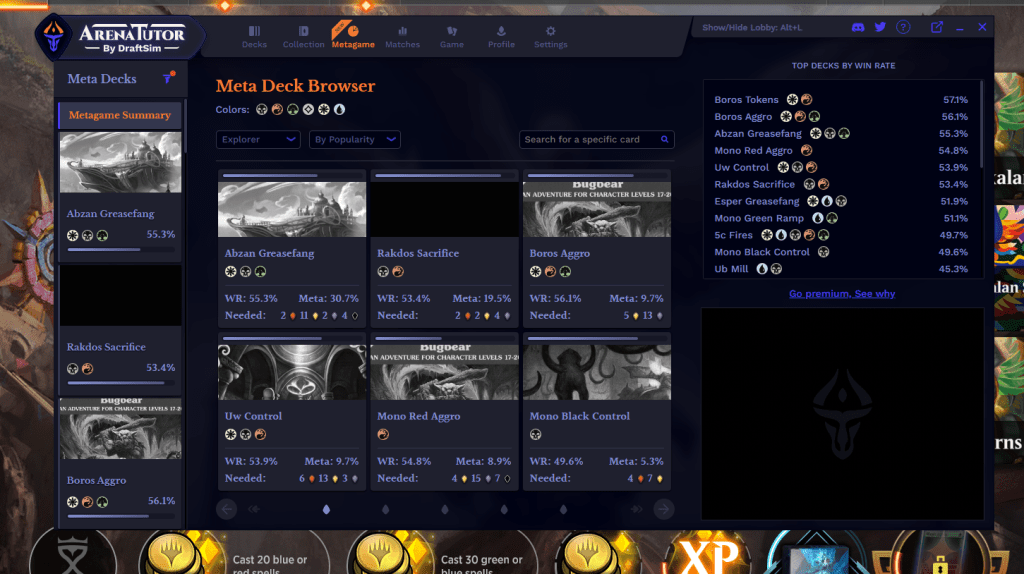
These are some of the top decks by metagame share in Explorer right now. Note that a bigger share of the meta doesn’t correlate to win percentages(%), as they’re the most played. Sometimes brews get a few games and wins, and the win % spikes. Either way, here’s the big picture so let’s highlight some Explorer decks.
Rakdos Sacrifice
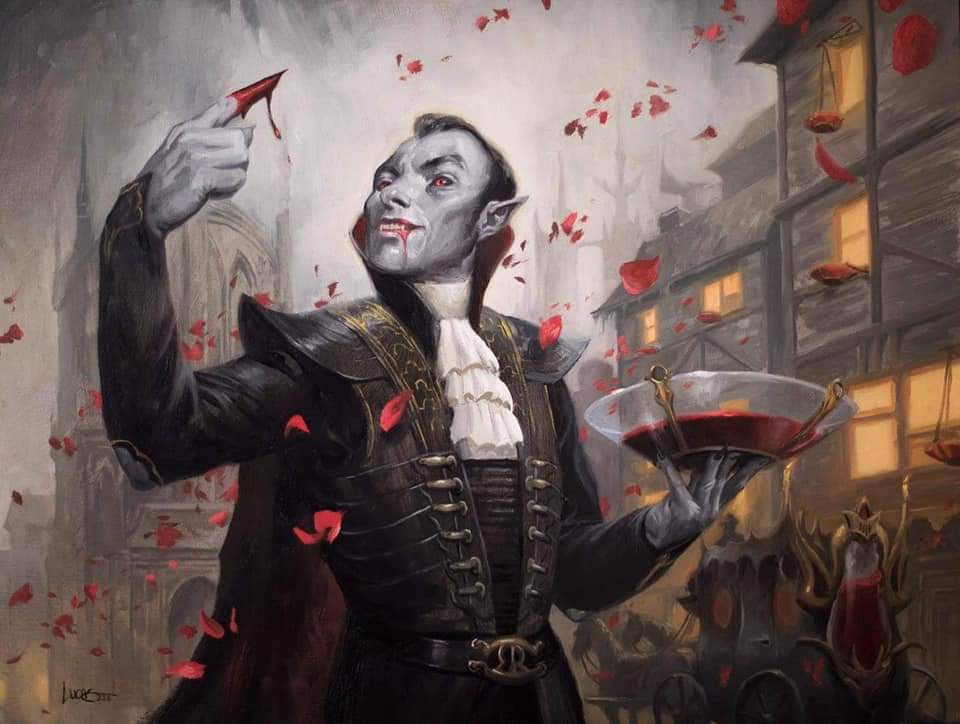
Bloodtithe Harvester | Illustration by Lucas Graciano
Creature (15)
Bloodtithe Harvester x4
Unlucky Witness x3
Mayhem Devil x4
Cauldron Familiar x4
Instant (8)
Fatal Push x4
Deadly Dispute x4
Sorcery (4)
Claim the Firstborn x3
Annihilating Glare
Enchantment (4)
Fable of the Mirror-Breaker x4
Artifact (4)
Witch's Oven x4
Land (22)
Ramunap Ruins
Blightstep Pathway x4
Sulfurous Springs x3
Mountain
Swamp
Blood Crypt x4
Blackcleave Cliffs x2
Den of the Bugbear x2
Hive of the Eye Tyrant x2
Sokenzan, Crucible of Defiance
Takenuma, Abandoned Mire
Sideboard (13)
Kolaghan's Command
Duress
Jegantha, the Wellspring
Thoughtseize x4
Abrade
The Meathook Massacre
Ob Nixilis, the Adversary x2
Unlicensed Hearse x2
This deck relies on the synergies between Cauldron Familiar, Witch's Oven and Mayhem Devil to create a sacrifice loop that slowly drains your opponents out. It’s mostly the deck as it was legal in Standard, with some additions in interaction. Fable of the Mirror-Breaker and Bloodtithe Harvester are multiformat staples, allowing you to have removal, card filtering with blood tokens, and mana ramp with treasures, which also triggers your sacrifice synergies and more.
Abzan Greasefang
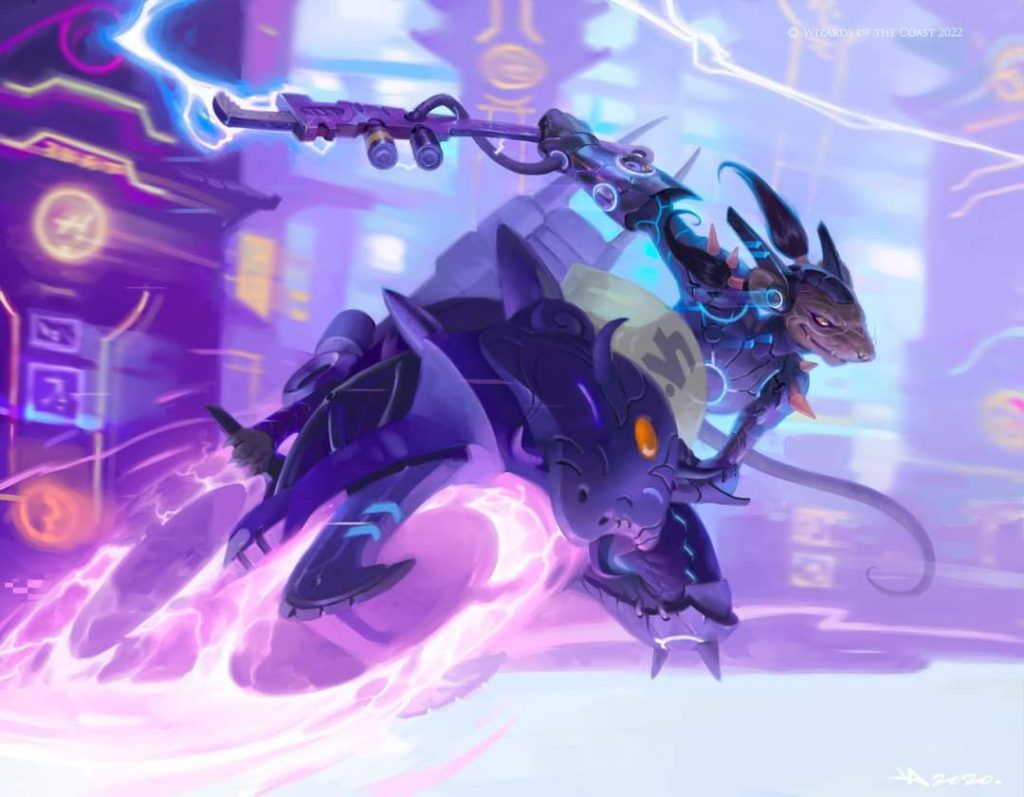
Greasefang, Okiba Boss | Illustration by Victor Adame Minguez
Planeswalker (1)
Creature (8)
Greasefang, Okiba Boss x4
Raffine's Informant x4
Instant (2)
Fatal Push x2
Sorcery (11)
Grisly Salvage x4
Duress x2
Thoughtseize x4
Can't Stay Away
Artifact (11)
Parhelion II x4
Esika's Chariot x4
Skysovereign, Consul Flagship x3
Land (22)
Razorverge Thicket x2
Mana Confluence x2
Plains
Swamp
Blooming Marsh x2
Concealed Courtyard x3
Boseiju, Who Endures
Overgrown Tomb x2
Temple Garden x3
Godless Shrine
Darkbore Pathway x3
Takenuma, Abandoned Mire
Sideboard (15)
Fatal Push x2
Bitter Triumph
Unlicensed Hearse x2
Temporary Lockdown x2
Mosswood Dreadknight
Cling to Dust x2
Duress x2
Sheoldred the Apocalypse
Liliana of the Veil
The End
Here’s the biggest villain of the format. The combo of discarding or milling Parhelion II and reanimating it with Greasefang, Okiba Boss on turn 3 is very close to unbeatable if all goes right. Of course, as with all combo decks, this one can fail to find one of the key parts of the combo, but even in these situations the deck can grind very well thanks to its other threats like Esika's Chariot and Skysovereign, Consul Flagship. Cards like Raffine's Informant and Can't Stay Away add redundancy to the deck’s main combo.
Boros Heroic

Monastery Swiftspear | Illustration by Gabor Szikszai
Creature (18)
Favored Hoplite x4
Dreadhorde Arcanist x3
Tenth District Legionnaire x3
Illuminator Virtuoso x4
Monastery Swiftspear x4
Instant (14)
Reckless Rage x4
Defiant Strike x4
Gods Willing x4
Sejiri Shelter
Spikefield Hazard
Sorcery (6)
Homestead Courage x2
Ancestral Anger x4
Land (18)
Mountain x2
Plains x2
Sacred Foundry x4
Needleverge Pathway x4
Den of the Bugbear
Sundown Pass x4
Eiganjo, Seat of the Empire
Sideboard (15)
Rending Volley x2
Jegantha, the Wellspring
Reidane, God of the Worthy x2
Showdown of the Skalds x4
Destroy Evil x2
Flowstone Infusion x2
Loran's Escape x2
This deck is very fast. Thanks to Illuminator Virtuoso, you can pile on some spells on it while conniving to find more gas and hit with a big, trample, double strike creature. Other creatures like Tenth District Legionnaire and Favored Hoplite help diversify your attacks, and both have the heroic mechanic as well.
Historic Decks
We can use Arena Tutor here as well, following the same process to get the explorer meta. Here’s a big picture for the Historic Format.
IMG: Historic meta big picture
This format is even more diverse and in constant evolution than Explorer, so we’re covering a tiny bit of it here.
Rakdos Midrange

Sheoldred, the Apocalypse | Illustration by Chris Rahn
Creature (11)
Bonecrusher Giant x2
Kroxa, Titan of Death's Hunger
Bloodtithe Harvester x3
Sheoldred, the Apocalypse x3
Crucias, Titan of the Waves x2
Enchantment (4)
Fable of the Mirror-Breaker x4
Instant (8)
Fatal Push x4
Go for the Throat x2
Sheoldred's Edict x2
Sorcery (5)
Thoughtseize x4
Inquisition of Kozilek
Land (25)
Mountain
Swamp x4
Blood Crypt x3
Castle Locthwain
Blightstep Pathway x3
Den of the Bugbear
Hive of the Eye Tyrant x2
Haunted Ridge x4
Sokenzan, Crucible of Defiance
Takenuma, Abandoned Mire
Sulfurous Springs x4
Sideboard (14)
Duress x3
Ashiok, Dream Render x3
Leyline of the Void
Peer into the Abyss
Invoke Despair x2
Unlicensed Hearse
Wyll, Pact-Bound Duelist
Brotherhood's End x2
Like in Explorer, this is the midrange basis of the format. Cards like Crucias, Titan of the Waves are exclusive to the Historic format, and some of these decklists play Orcish Bowmasters and The One Ring too. This deck is very similar to Rakdos Midrange decks in Explorer, and sideboarding plays a crucial aspect, whether adding more graveyard hate, disruption in Duress, or a combo in Peer into the Abyss together with Sheoldred, the Apocalypse. This decklist in particular plays another sideboard Alchemy card in Will, Pact-Bound Duelist, as a way to Threaten a key card, either Sheoldred the Apocalypse or The One Ring.
Izzet Wizards
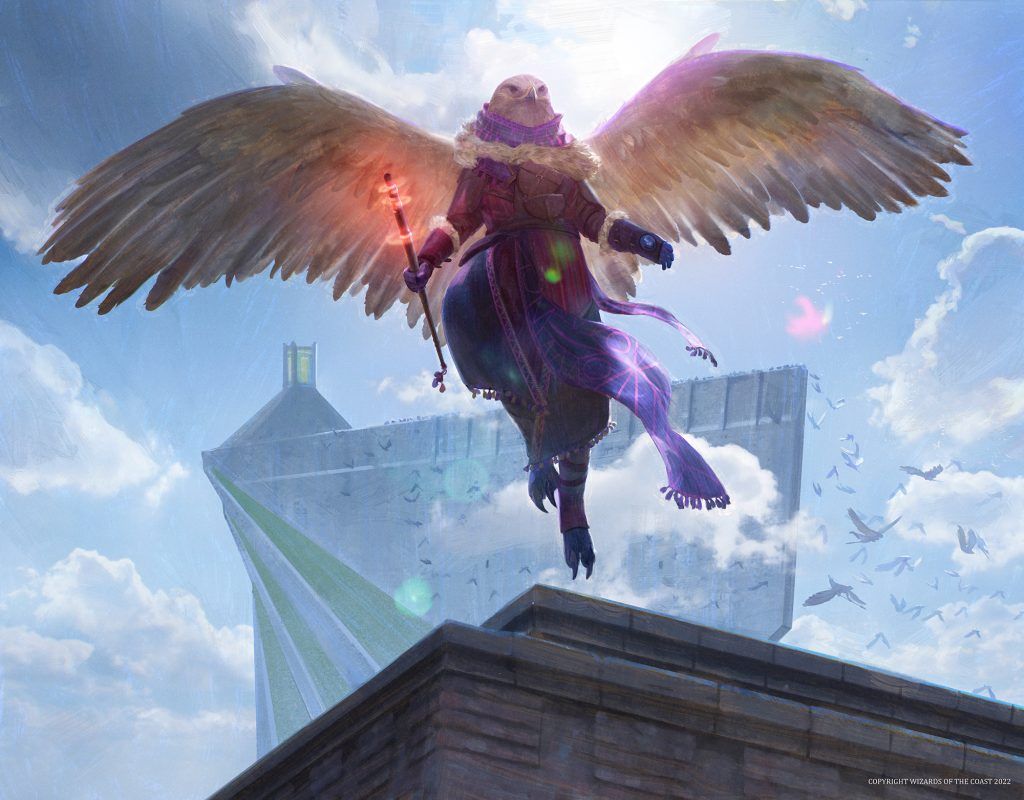
Balmor, Battlemage Captain | Illustration by Bram Sels
Creature (15)
Dreadhorde Arcanist x4
Soul-Scar Mage x4
Symmetry Sage x4
Balmor, Battlemage Captain x3
Instant (8)
Wizard's Lightning x4
Reckless Rage
Spikefield Hazard
Play with Fire x2
Sorcery (9)
Expressive Iteration x4
Reckless Charge x4
Strangle
Land (17)
Riverglide Pathway x4
Spirebluff Canal x4
Den of the Bugbear x2
Island
Steam Vents x4
Otawara, Soaring City
Sokenzan, Crucible of Defiance
Sideboard (13)
Spell Pierce
Reckless Rage
Aether Gust x2
Jegantha, the Wellspring
Tormod's Crypt
Pithing Needle x2
Strangle
Unlicensed Hearse x2
Brotherhood's End x2
This is a very fast spellslinger deck. It relies on cards like Soul-Scar Mage and Symmetry Sage to attack, and they get stronger as you cast spells, hitting your opponent for a ton. Balmor, Battlemage Captain is a strong finisher, providing all your creatures with power buffs and trample damage. All your creatures are wizards so Wizard's Lightning is a Lightning Bolt most of the time, a card that’s not even in the format.
Kethis Combo

Kethis, the Hidden Hand | Illustration by Yongjae Choi
Planeswalker (5)
Jace, Wielder of Mysteries
Jace, the Perfected Mind x4
Creature (12)
Kethis, the Hidden Hand x4
Emry, Lurker of the Loch x4
Kinnan, Bonder Prodigy x4
Artifact (10)
Mox Amber x4
Chromatic Sphere x4
Relic of Legends x2
Land (20)
Forest
Mana Confluence x4
Breeding Pool
Botanical Sanctum x2
Boseiju, Who Endures x4
Otawara, Soaring City x4
Plaza of Heroes x4
Sideboard (10)
Urza's Ruinous Blast x3
Yawgmoth's Vile Offering x3
Lae'zel, Githyanki Warrior x2
The Stone Brain x2
Kethis Combo is a legendary-matters deck that aims to mill your opponent’s deck via Jace, the Perfected Mind. Each time you cast Jace, you’ll mill some of your opponents’ cards via the -X ability, and Kethis, the Hidden Hand allows you to cast it again from your graveyard. Emry, Lurker of the Loch mill you so that you get more and more fuel to keep casting Jace from our graveyard until you win.
Explorer and Historic Communities
Draftsim Discord
Our very own Draftsim Discord server has plenty of different communities, whether to discuss the current state of Constructed decks, to talk Limited, Draftsim’s Draft Simulator and more.
MTG Arena Subreddit
This is the main MTG Arena subreddit. All things MTG Arena are discussed. From Arena store sales, to Draft and Sealed tips and constructed talk. It may be difficult to find a specific theme though.
Explorer Subreddit
In the MTG Arena Explorer subreddit, you’ll find discussion on deck brews, the state of the meta, sideboard discussions and more.
Historic Subreddit
Finally, the enthusiasts of MTG Historic will find their suitable discussions here. As for the Explorer format, here you’ll find discussions on the format, people hating on alchemy here and there, and players asking for digital nerfs. The usual good stuff!
Wrap Up
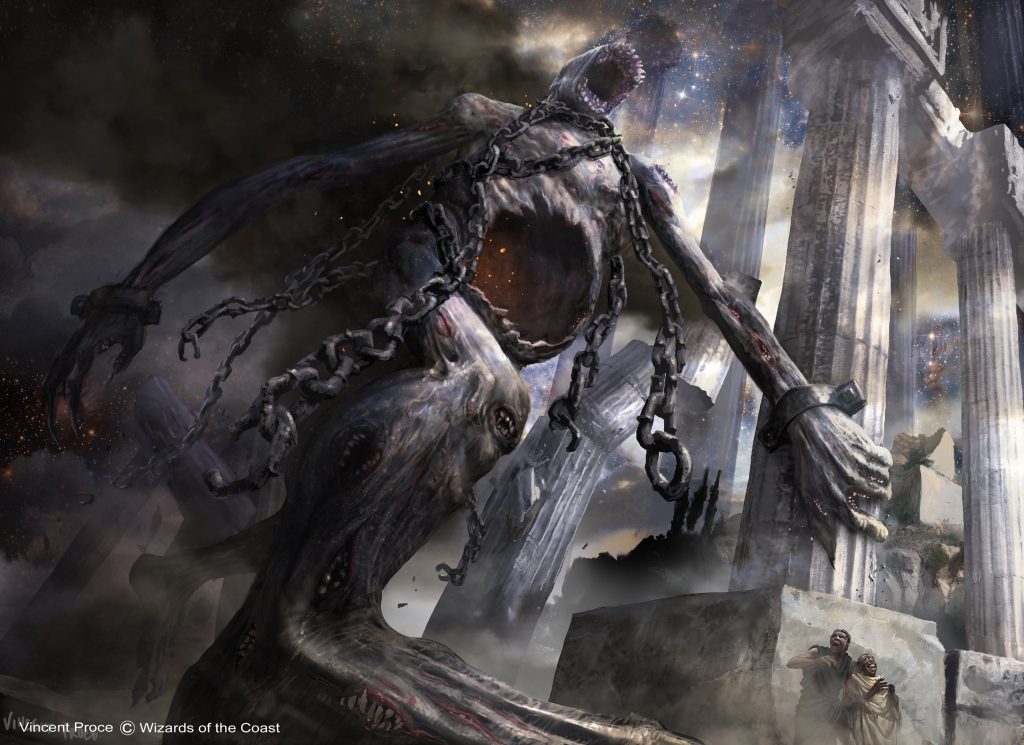
Kroxa, Titan of Death's Hunger | Illustration by Vincent Proce
There’s no shortage of formats available on MTG Arena. You can draft Standard-legal sets, play some Standard matches, and for Eternal formats we have Historic and Explorer, which are two different formats with different card pools and gameplay experiences. In the end, it’s up to you to find your favorite format and play.
What are your favorite formats? Are you #teamExplorer or #teamHistoric? Let me know in the comments below, or leave us a message at our Draftsim Discord community on either format.
Thanks for reading guys, and see you next time!
Follow Draftsim for awesome articles and set updates: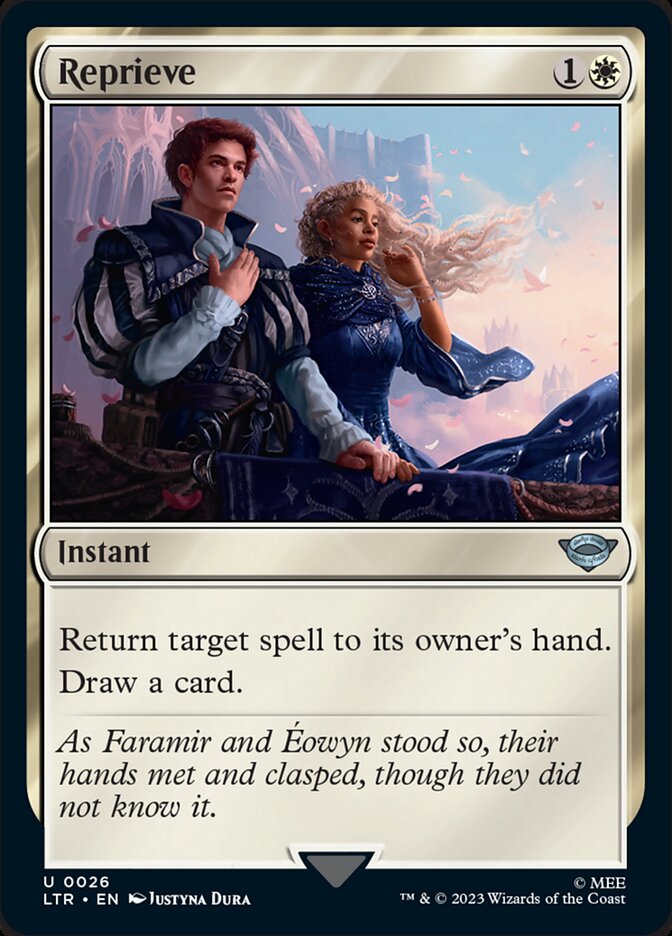

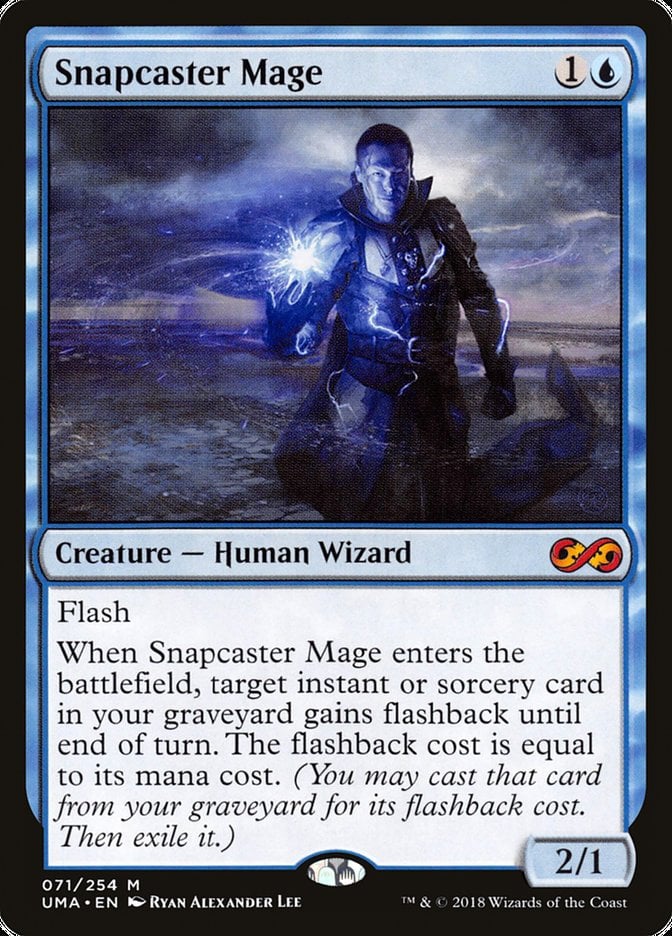
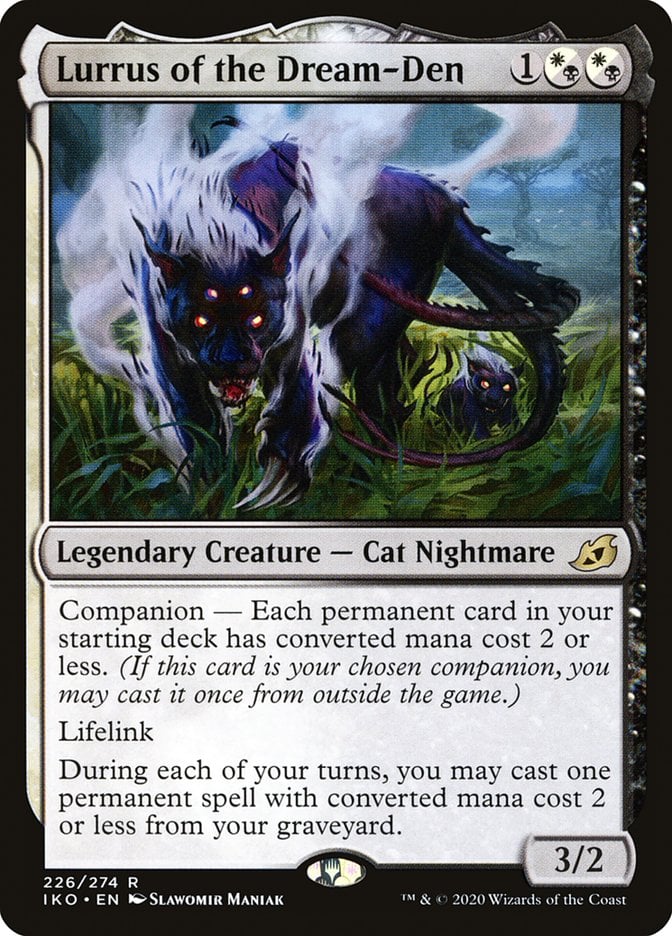
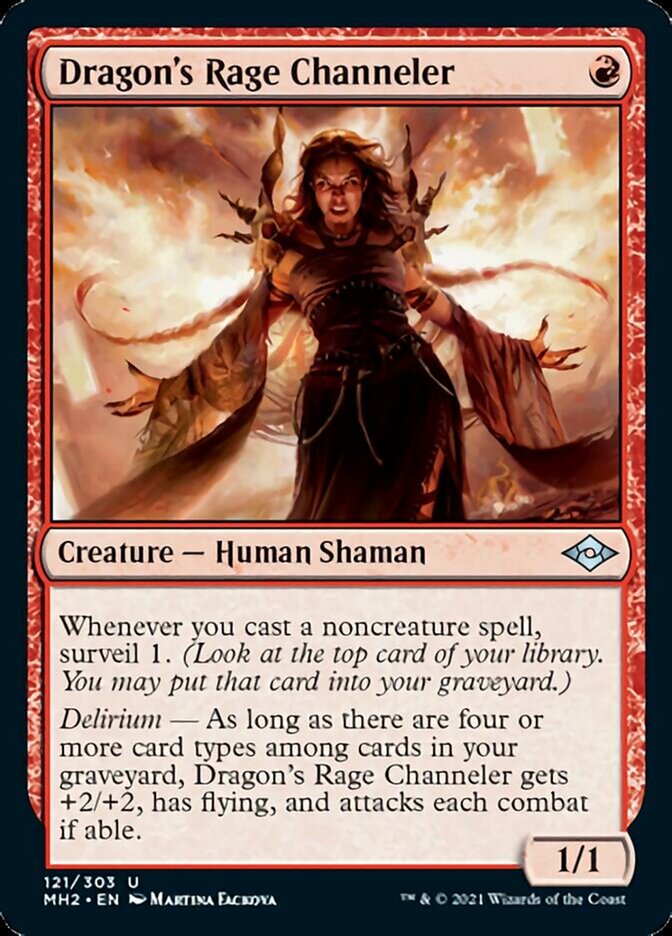
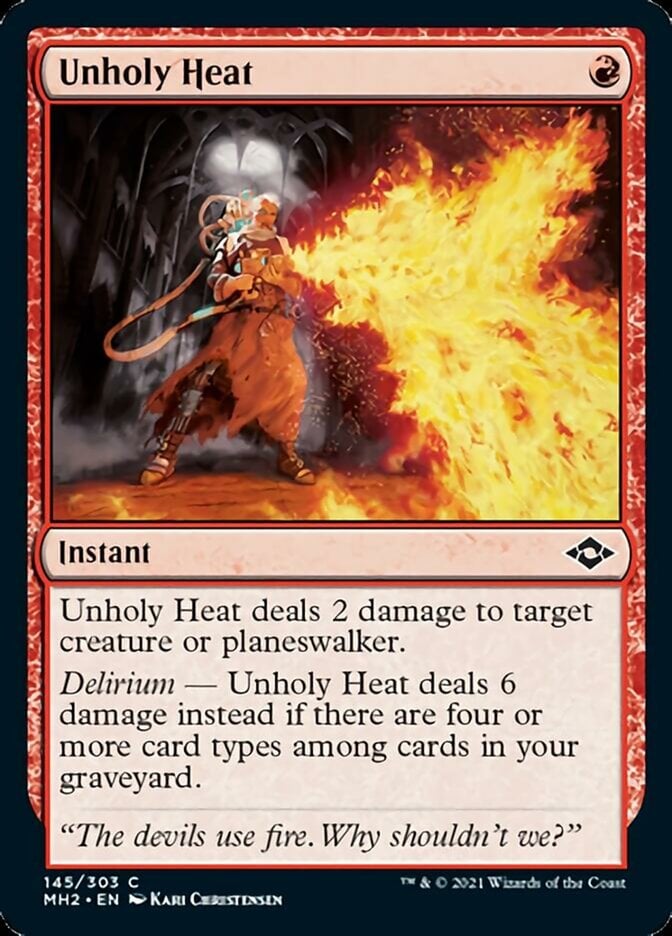
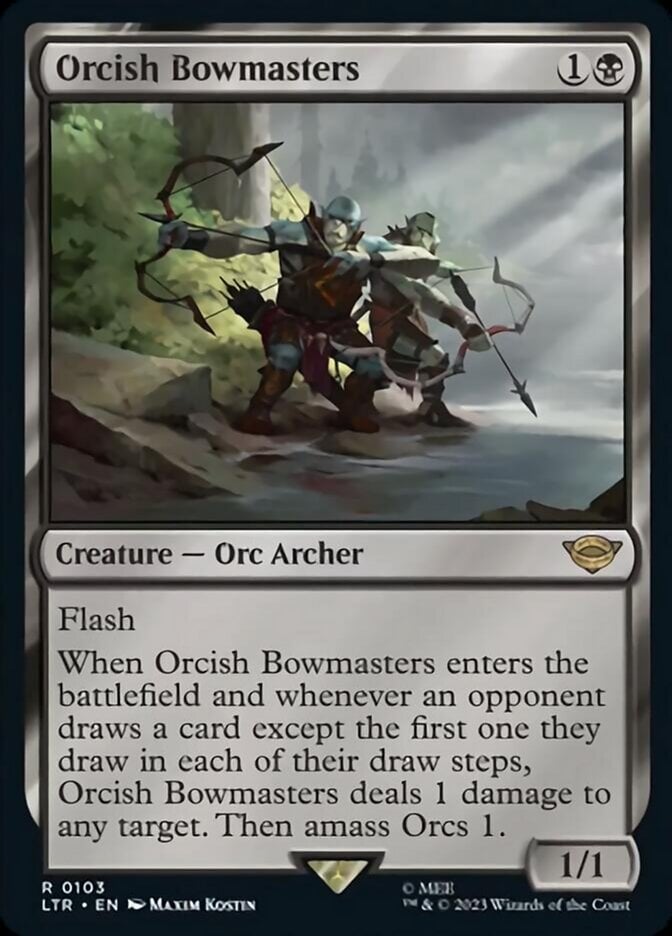
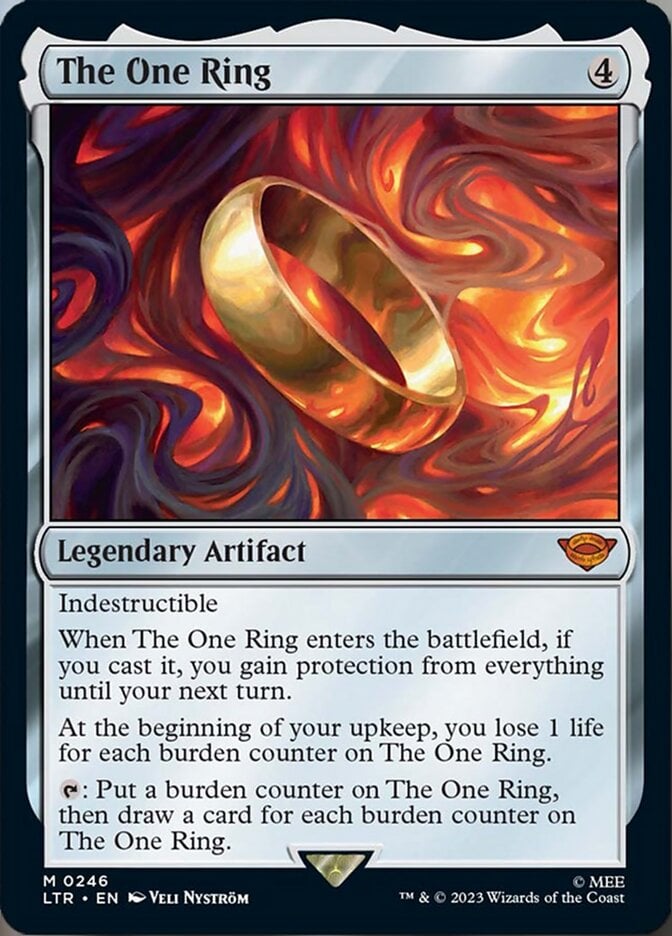
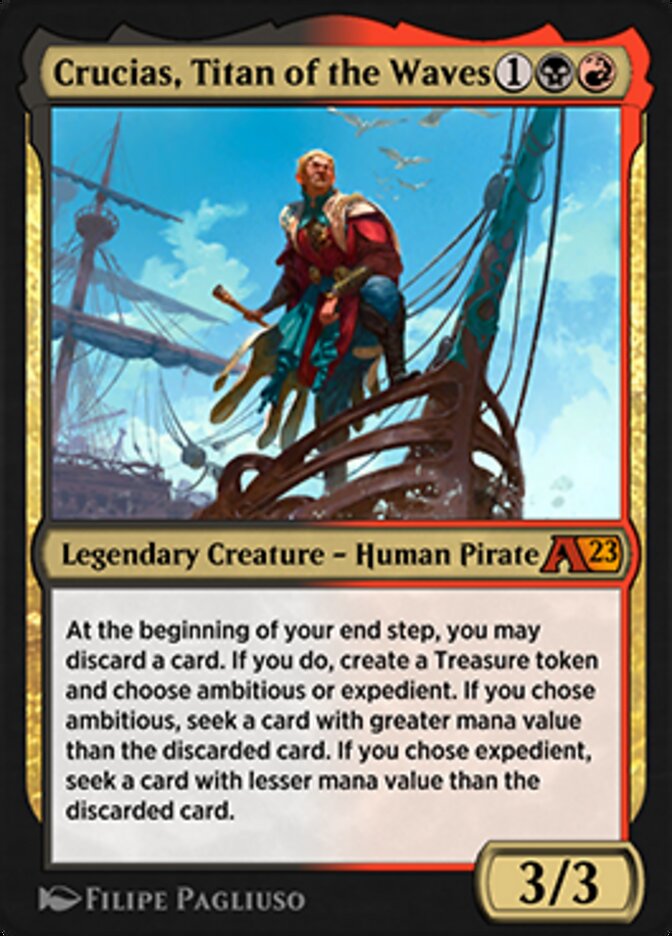

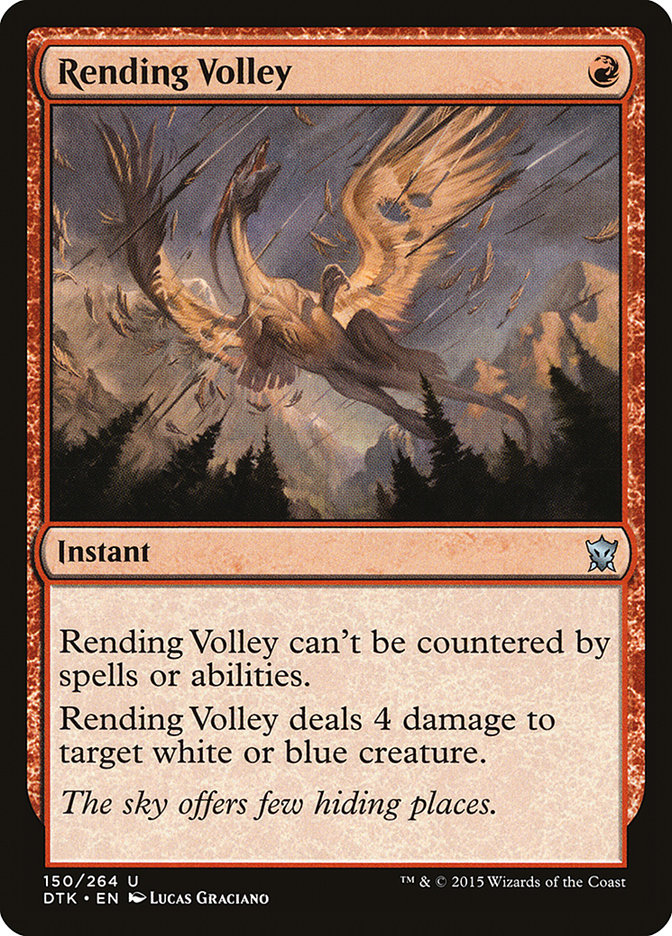
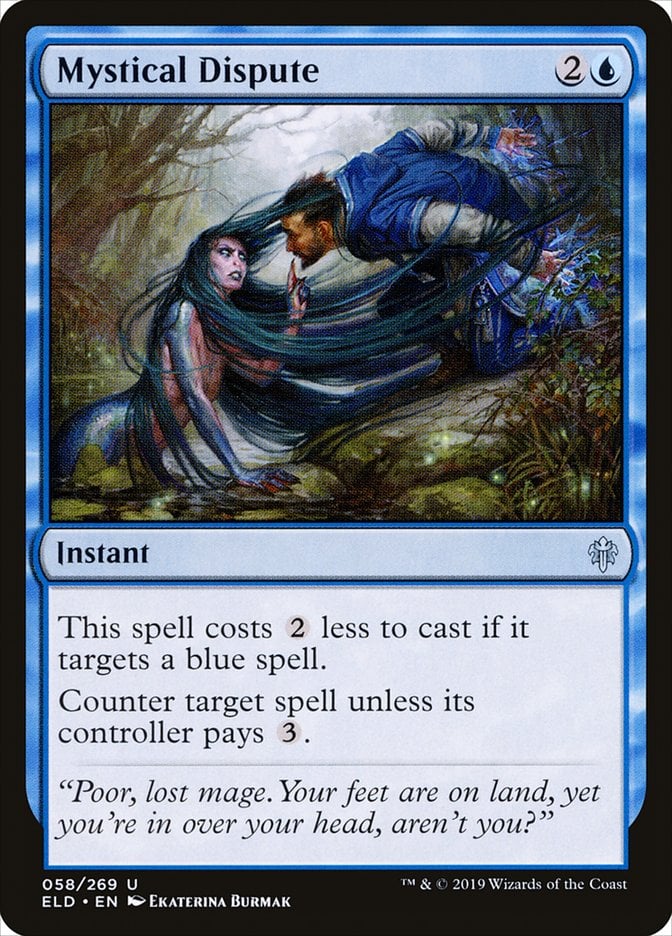
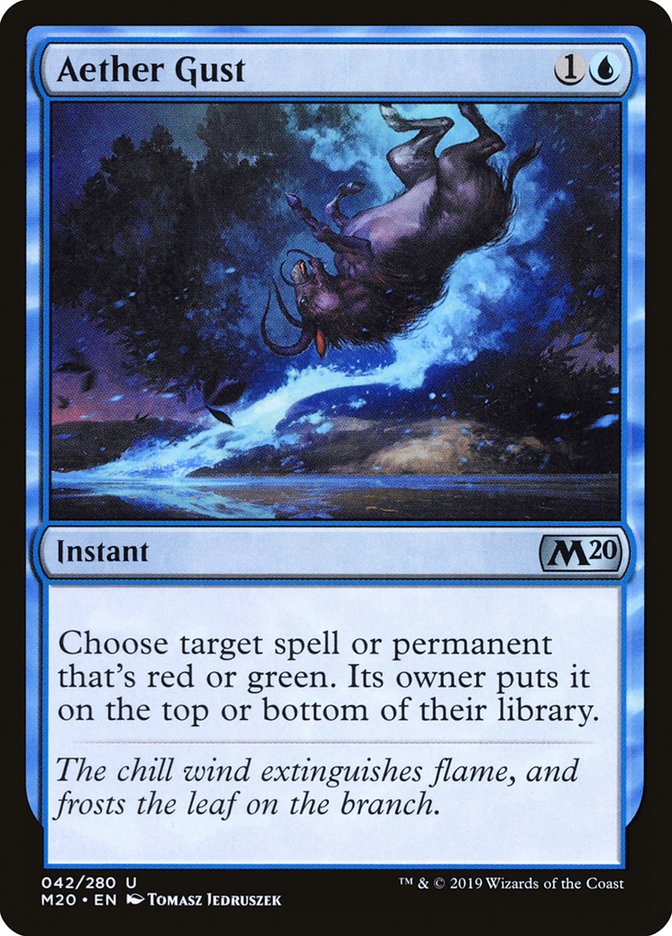

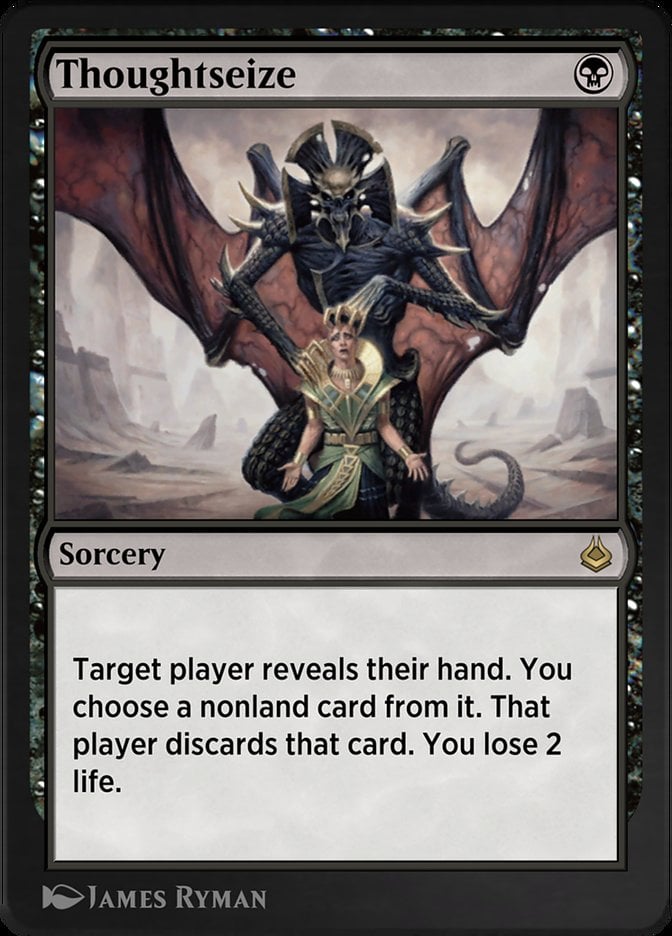
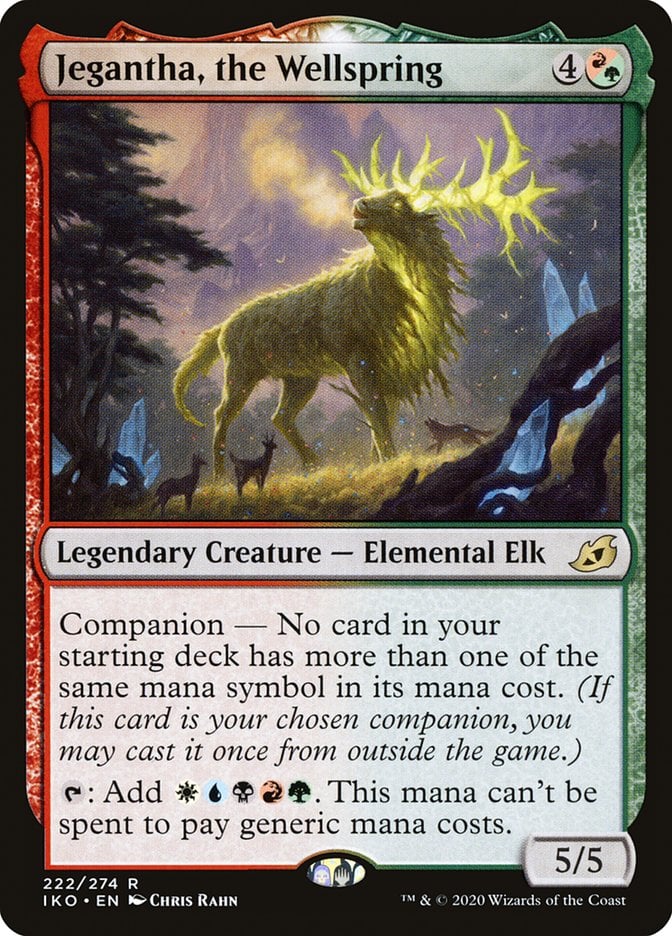
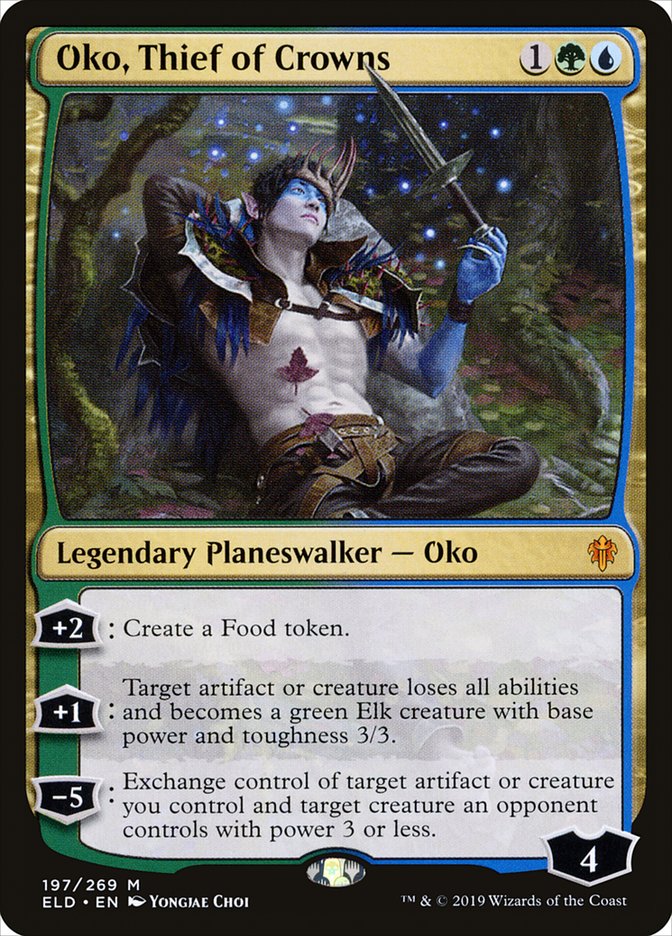
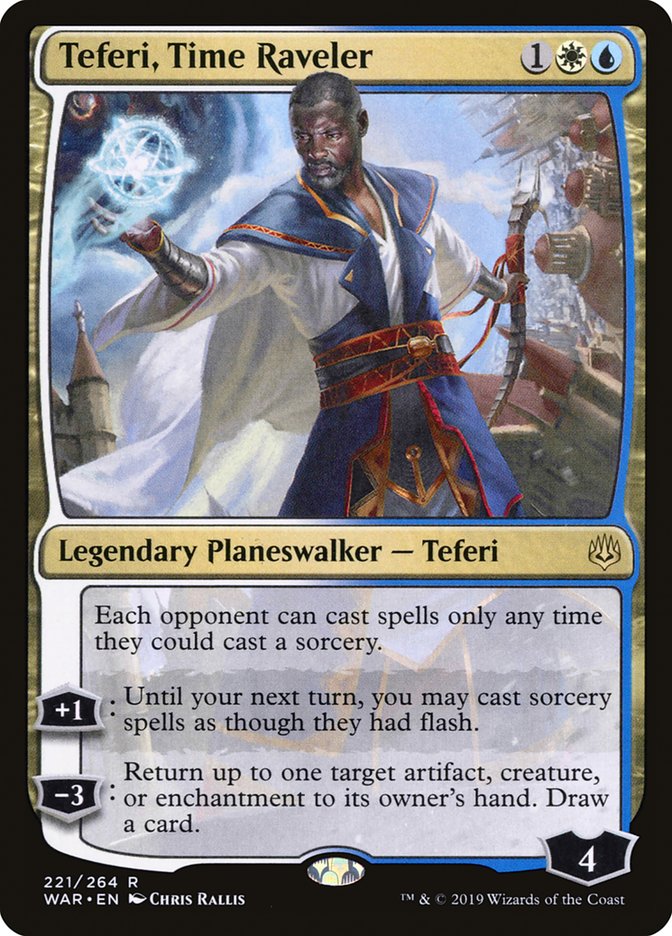


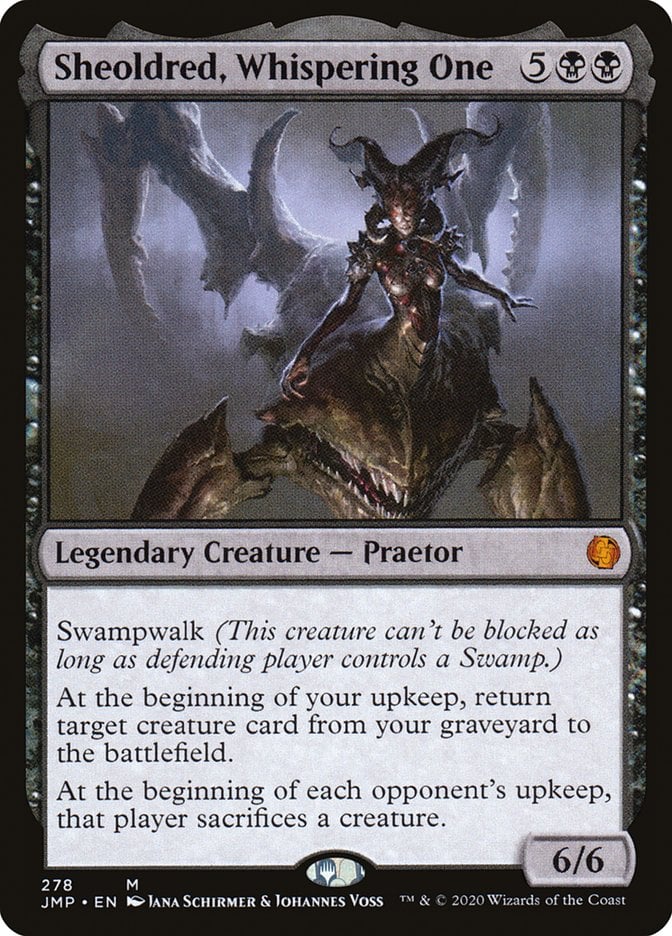
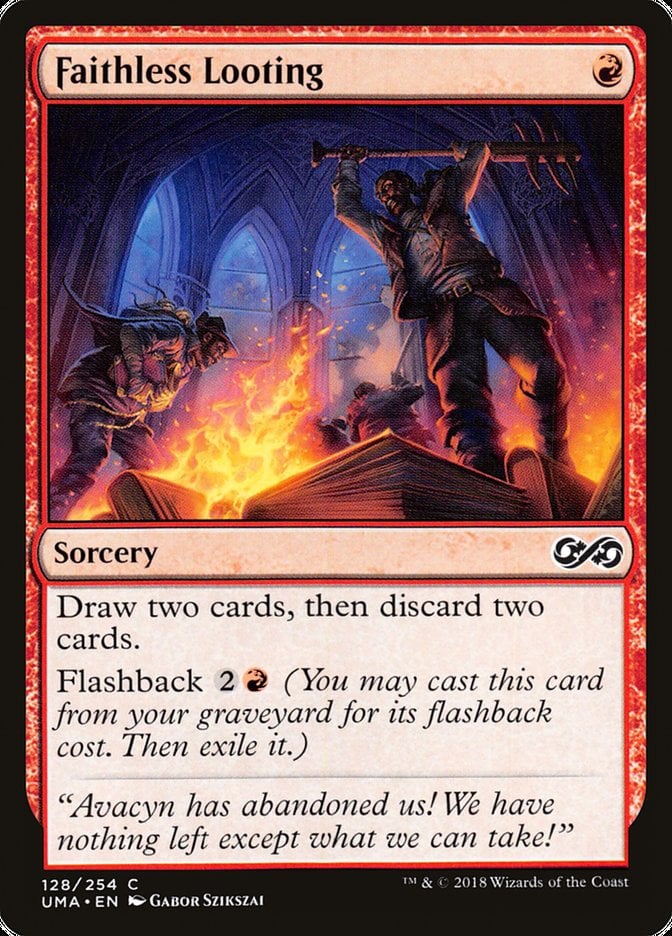

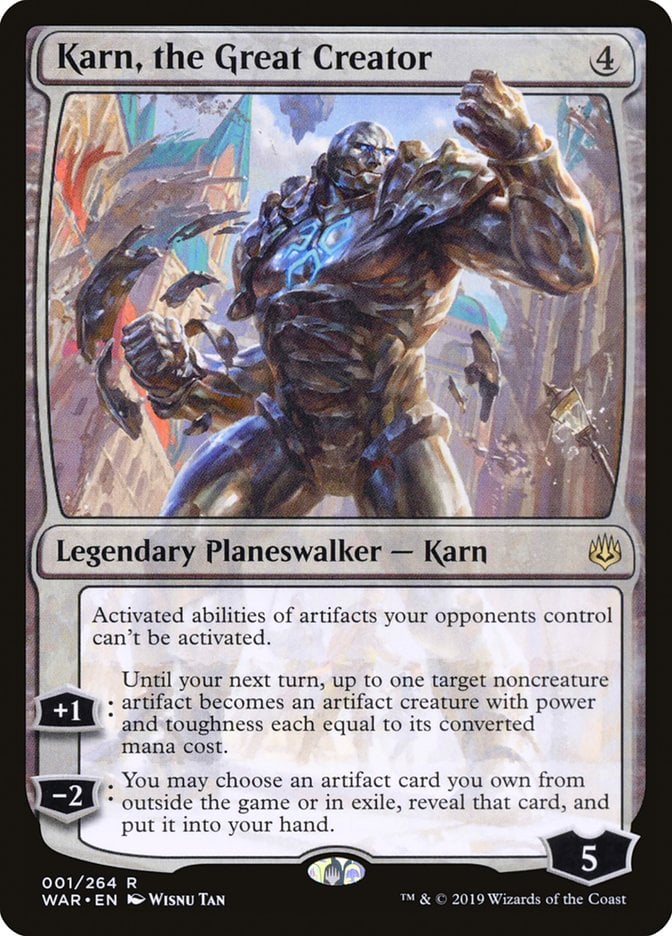



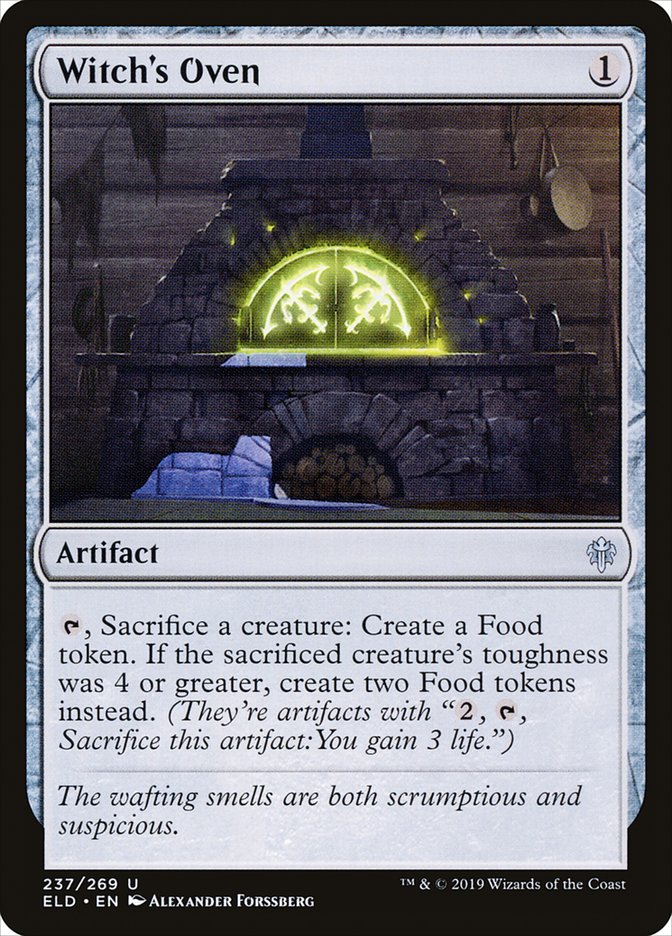

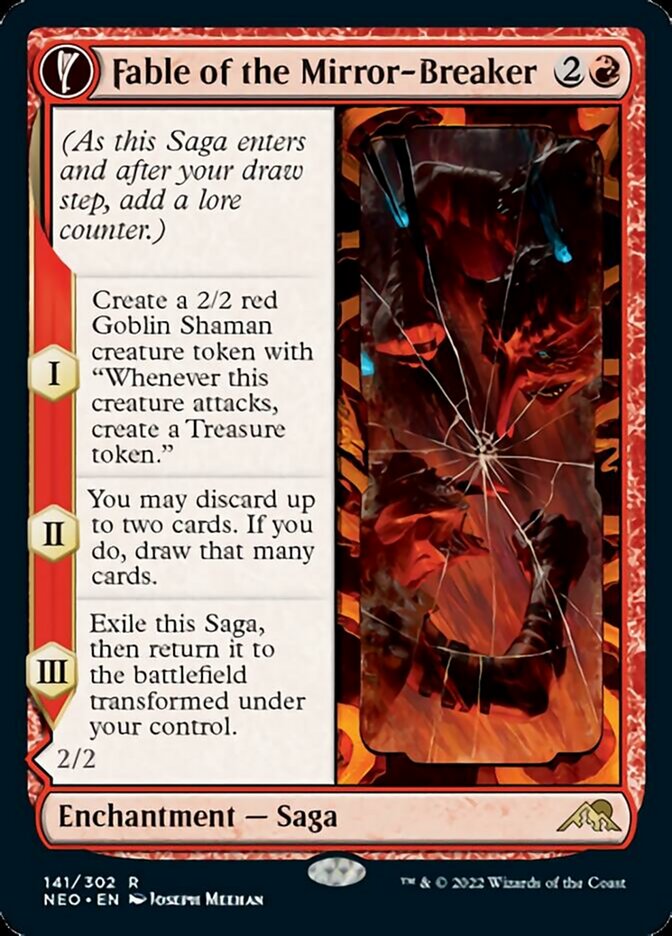
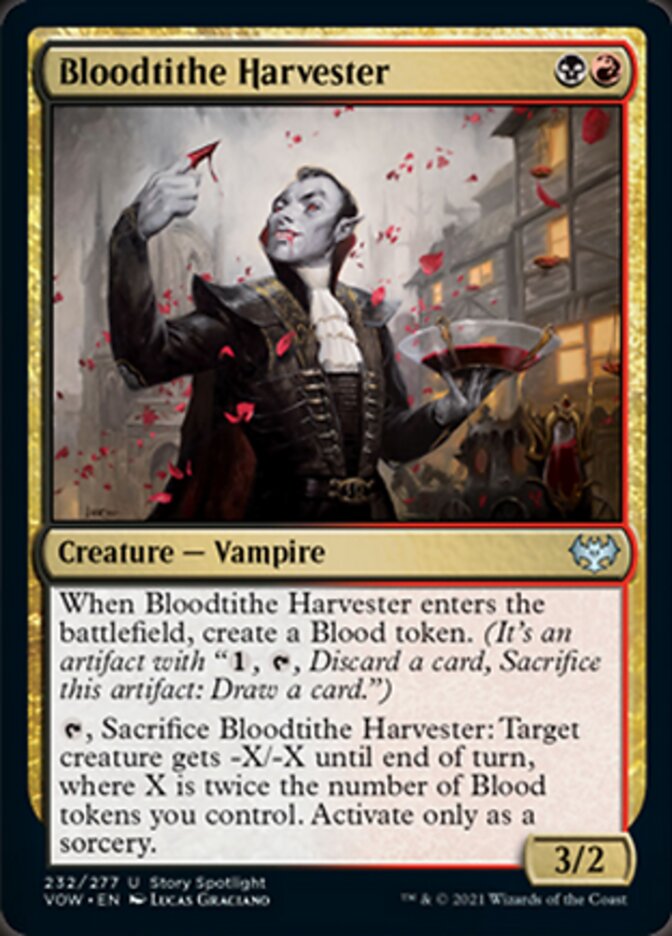
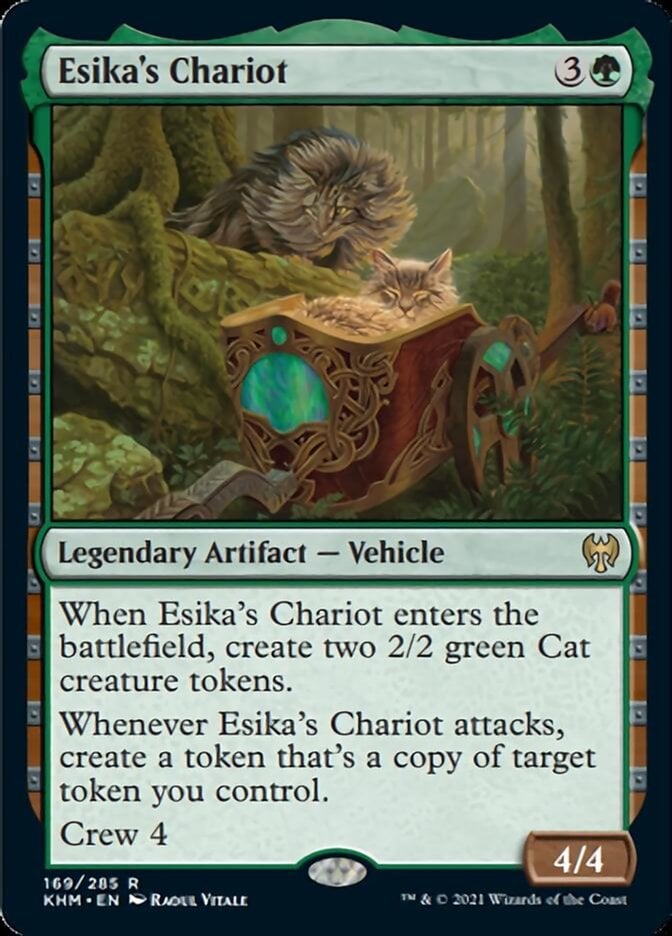

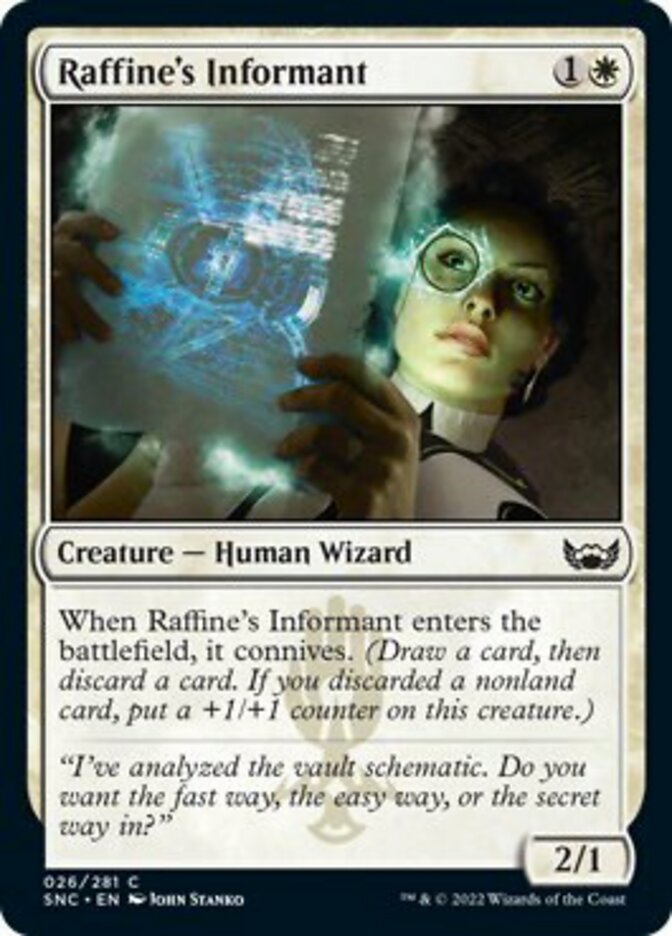
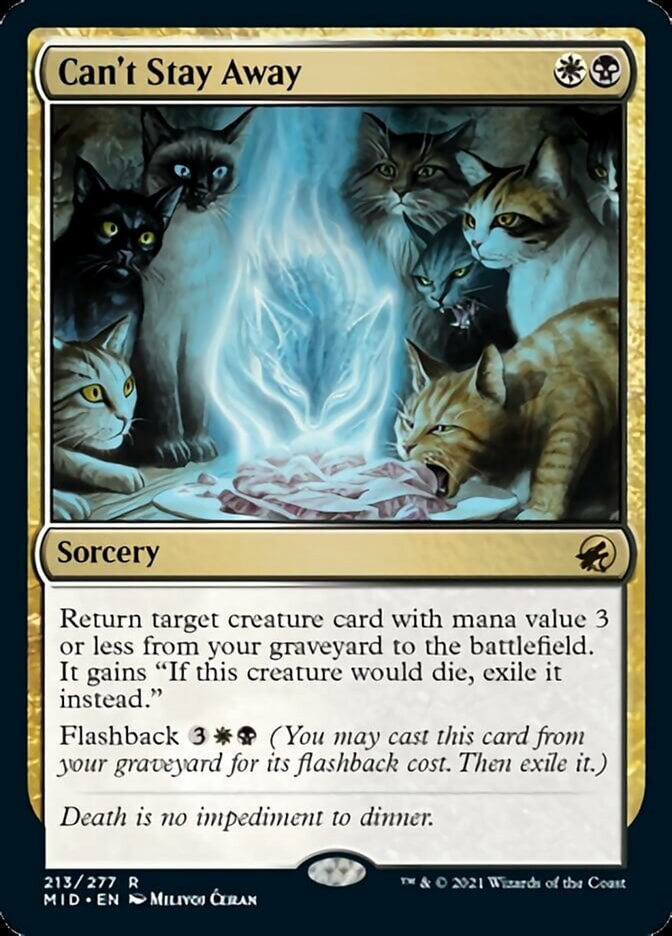
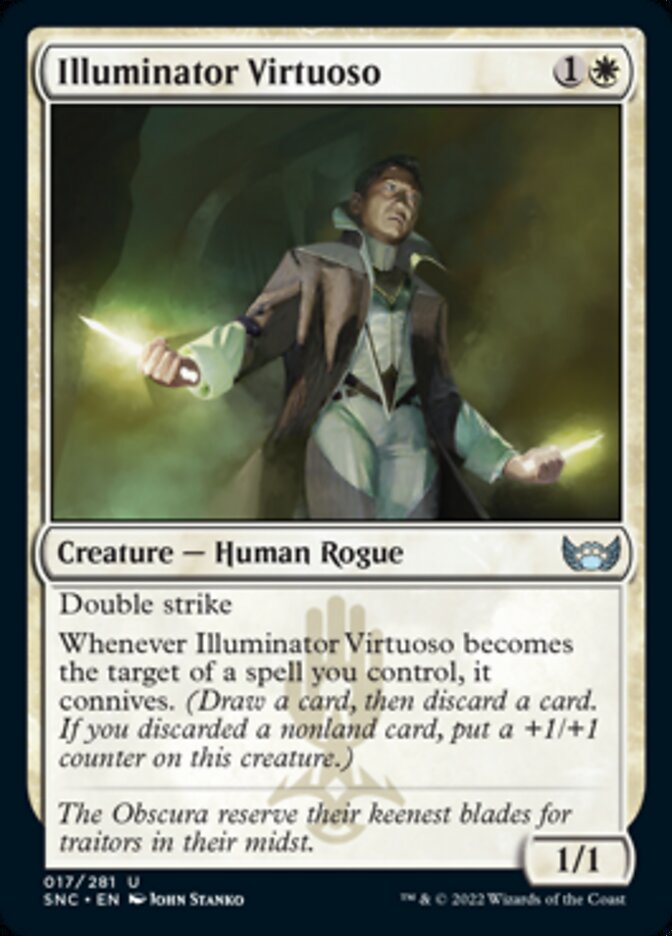
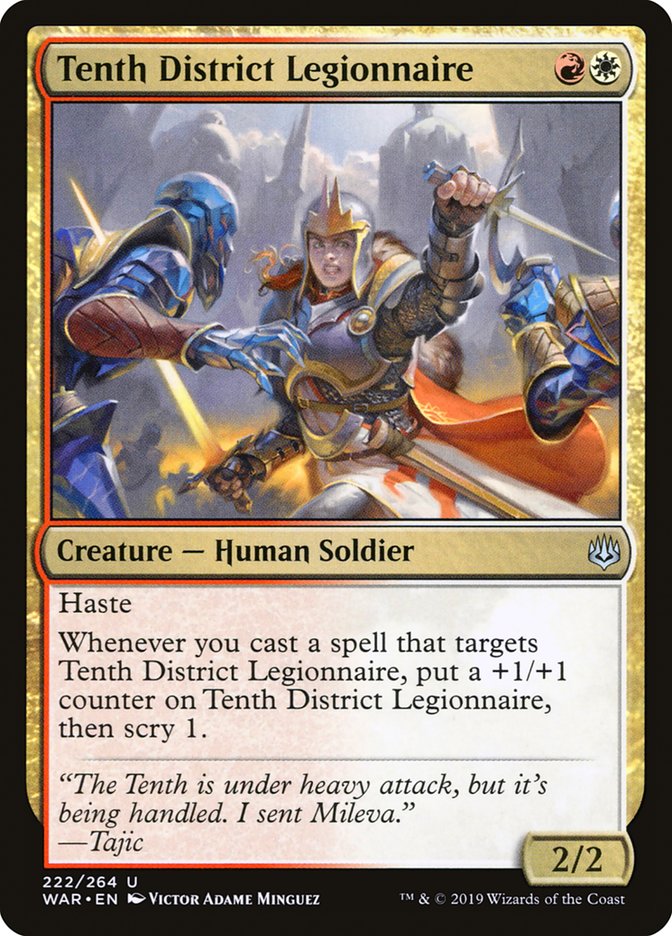
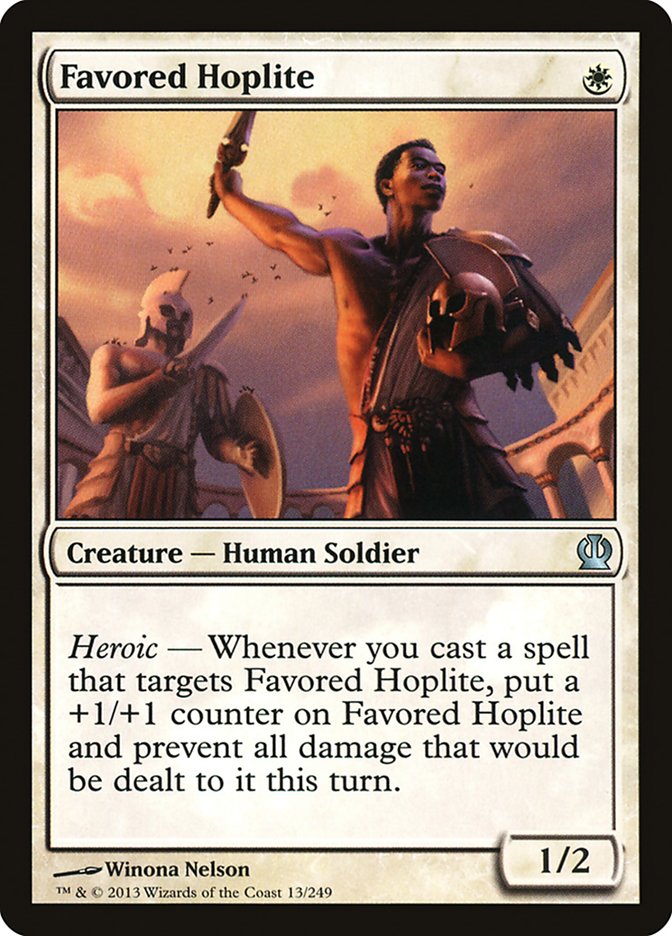
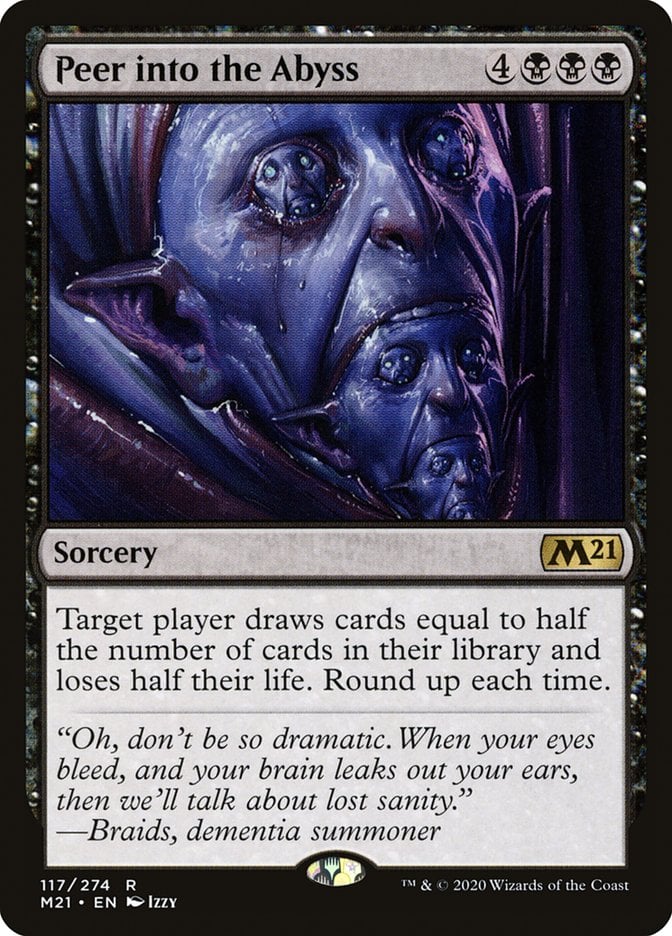



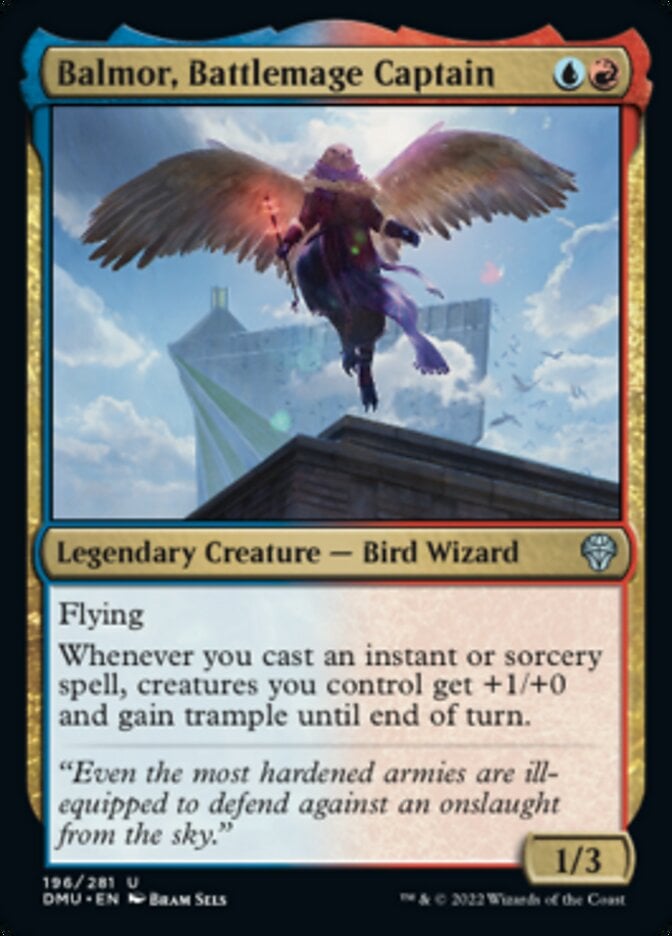
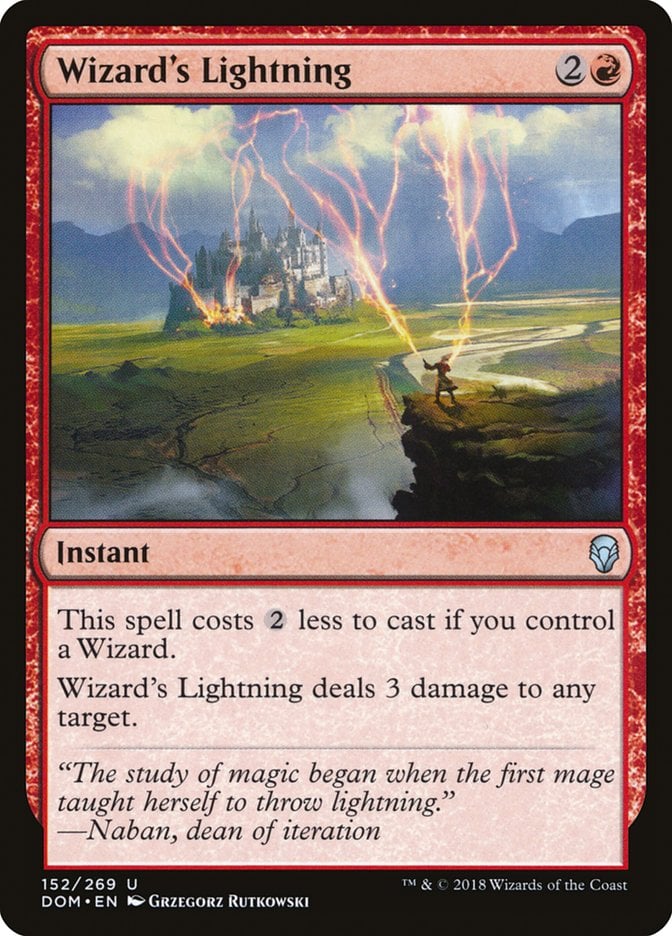
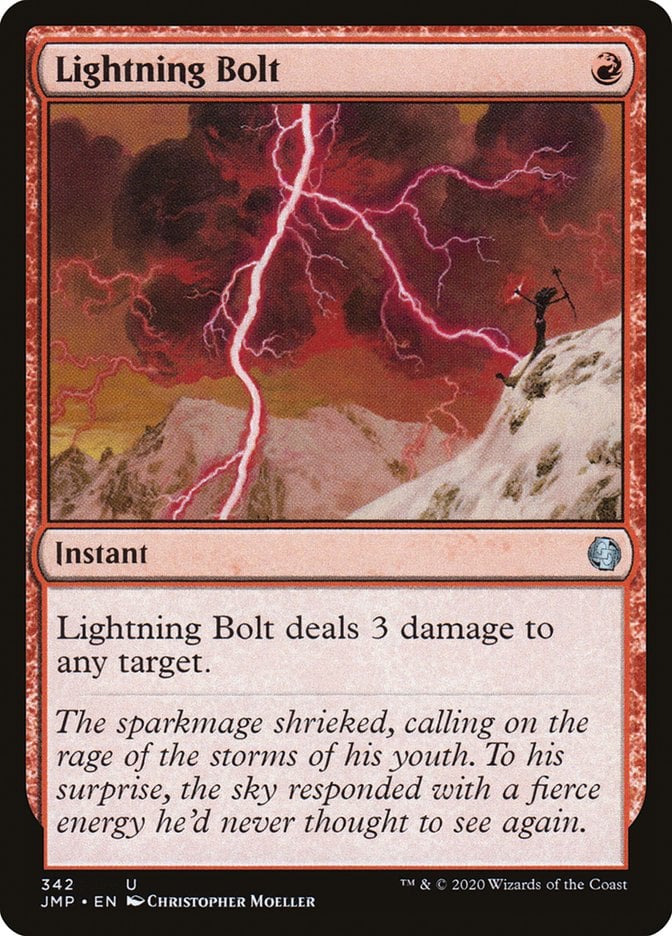
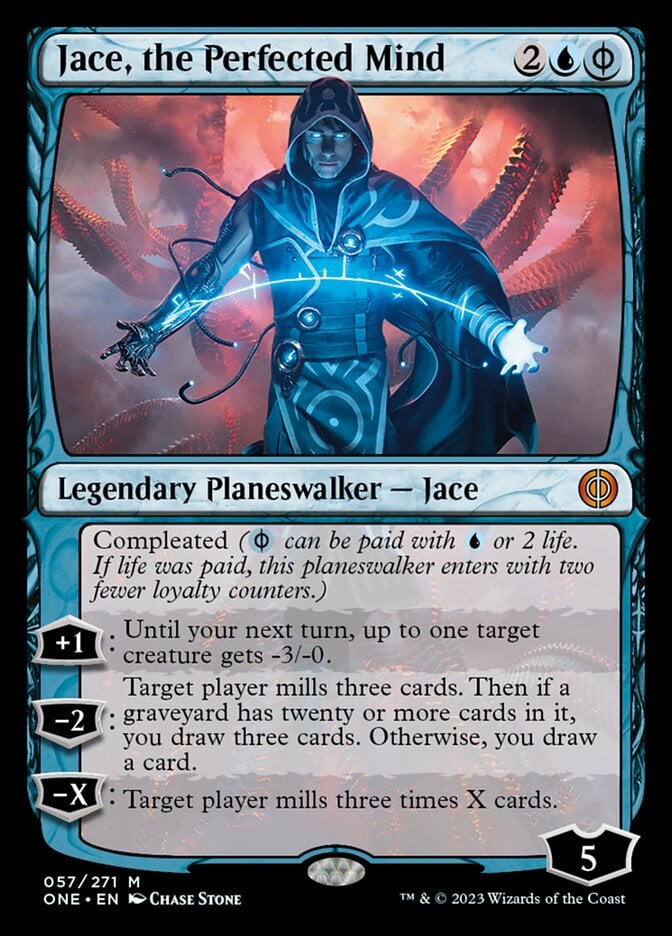
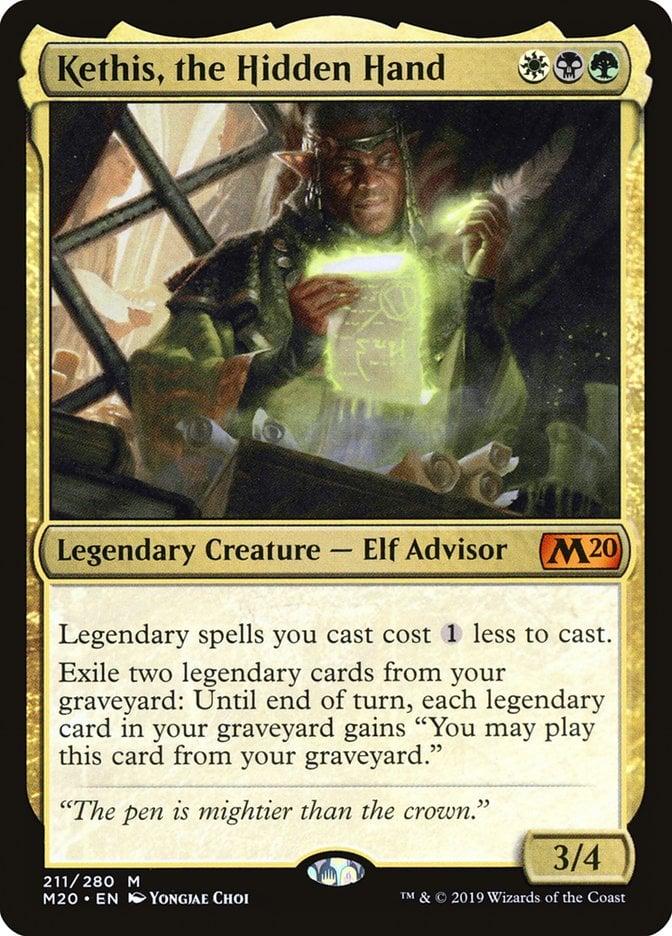
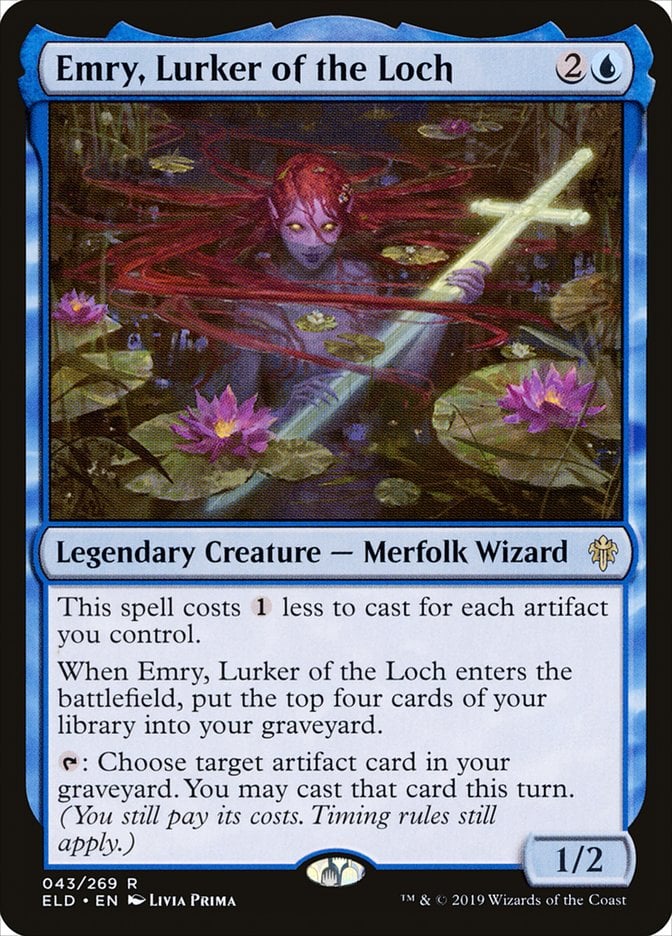
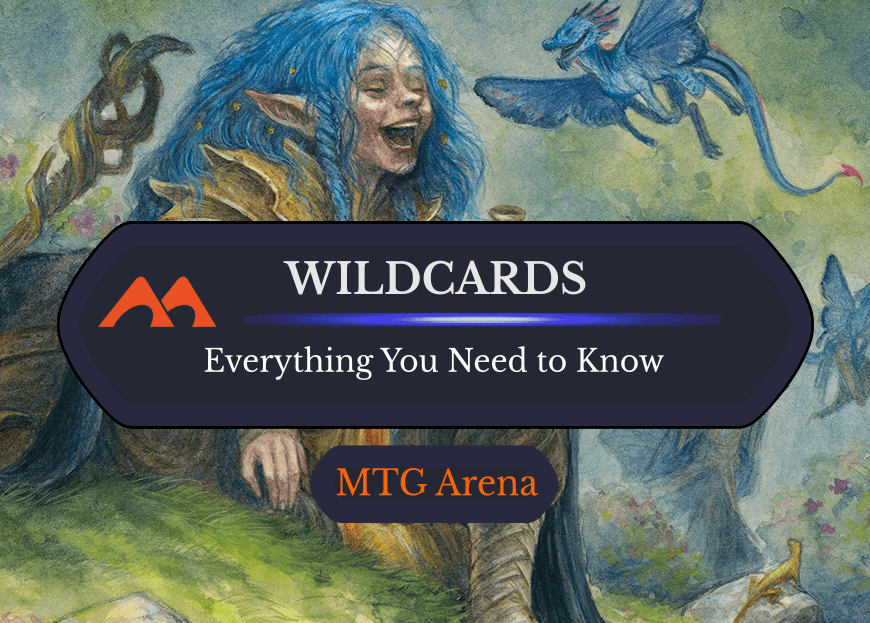
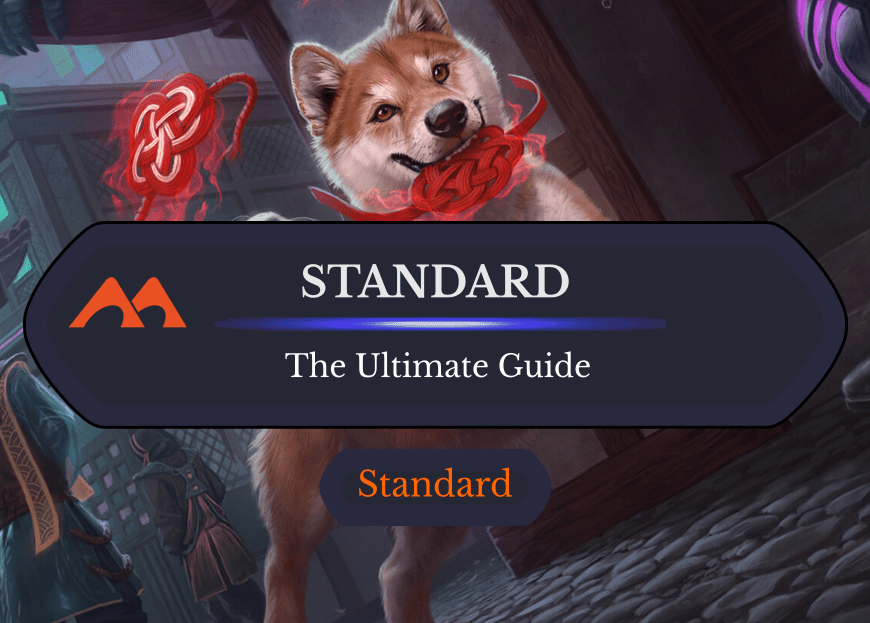
Add Comment